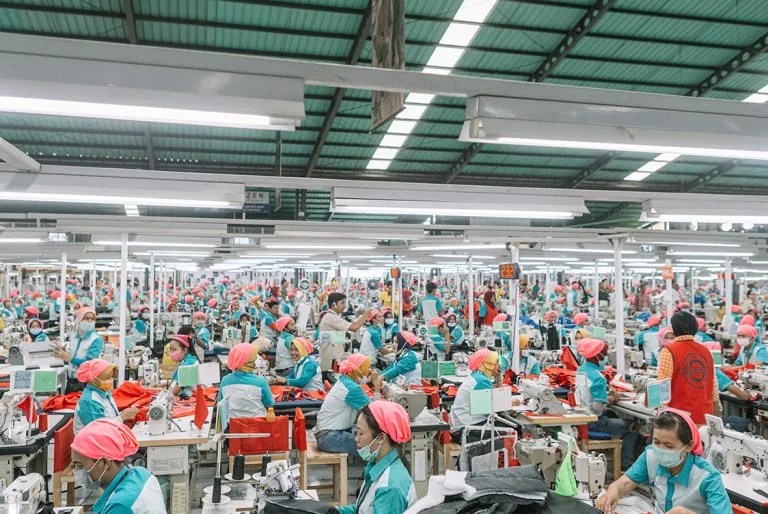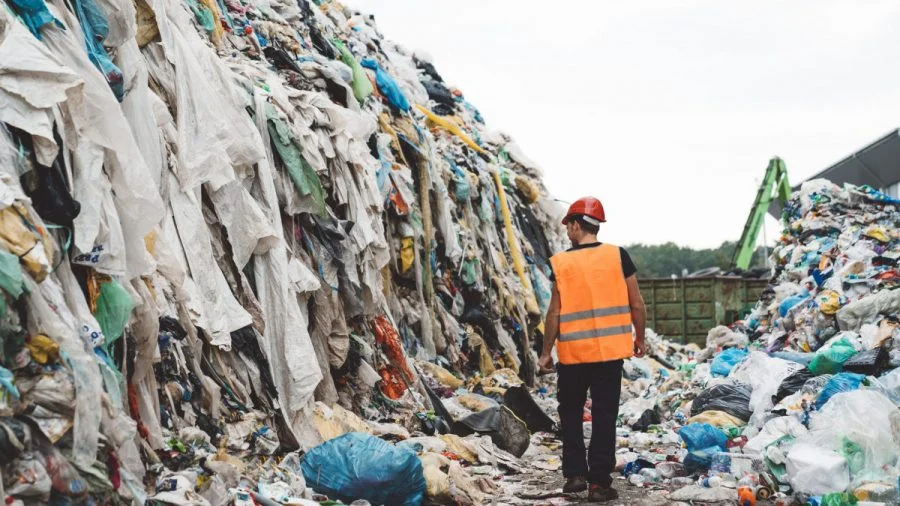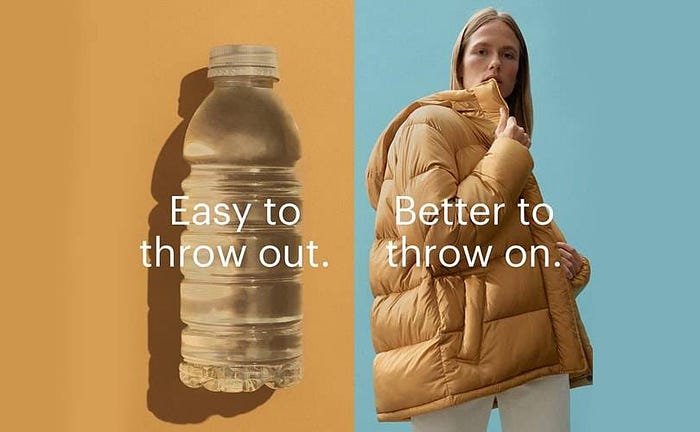Fast Fashion Industry And Facts Many People Dont Know

Behind the glamor of the fashion industry, many don't know that the fashion industry is the world's biggest polluter. Research from the Ellen MacArthur Foundation suggests that the fashion industry produces more climate-damaging gas emissions than the shipping and aviation industries combined!
Global fashion production has doubled since 2000 and the average consumer purchase of clothing has increased by 60% each year. In contrast to consumer behavior 15 years ago, today's consumers tend not to wear and store clothes for long periods of time. In developed countries, it is common to throw away used clothes that end up in landfills.
The increasing purchase of these clothes can not be separated from the birth of fast fashion, a modern term for cheap and trendy clothes that take fashion ideas from famous fashion shows or the styles of celebrities.
The Impact Of The Fast Fashion Industry

Fast fashion Supports A Consumptive Lifestyle
Fast fashion is a fashion industry business concept that produces clothes in large quantities and quickly to meet market demand. The emergence of fast fashion supports a consumptive lifestyle because the price is relatively cheaper than designer clothes. Cheap prices and make you look fashionable and cool? Who wouldn't want that?
The fast-fashion business strategy is to create a limited quantity of certain clothes. This limited stock makes consumers realize that if they don't buy the clothes now, then they might run out of stock. Utilizing this psychological response is what makes fast fashion have a high turnover and is loved by consumers.
The focus of fast fashion is on how to produce goods at the lowest possible cost, yet be able to respond to rapidly changing consumer demand; assuming that consumers want the latest fashionable clothing at affordable prices.
Fast Fashion Industry Pollutes The Environment
Orsola de Castro, founder of Fashion Revolution, a fair and ethical fashion movement, said that the large amount of clothing produced by fast fashion businesses makes these businesses the biggest contributor to waste.
The bright colors, motifs, and textures of the fabrics that attract the fashion industry are obtained from toxic chemicals. Textile dyeing is the second largest polluter of clean water globally after agriculture. The use of cheap and easily produced petrochemical-based fabrics such as polyester and synthetics is very damaging to the environment.
Polyester is the most popular fabric used in the fashion industry which when washed releases microfibers that increase the amount of plastic waste in the ocean. Microfibers cannot decompose naturally, so they are a serious threat to the life of organisms in the water and pollute the food chain. Small creatures like plankton feed on microfibers, which are then eaten by fish and shellfish, which in the next food chain are eaten by humans.
Fast fashion also produces carbon emissions in its production process. The owner of the fashion industry has opened factories in developing countries such as Vietnam, the Philippines, Pakistan, and Indonesia.
These countries do not have the raw materials needed and must be imported from other countries such as China, the United States, and India. Once production is complete, the garments will be shipped worldwide by ship and shipped to retailers via trucks and trains. Can you imagine how much carbon emissions are produced?
Fast Fashion Encourages A "Throwaway Culture"
Due to the low price and fast-changing trends, consumers don't feel bad about throwing away their old clothes and buying new ones to keep up with fashion trends.
In 2010, the United States generated 11 million tons of clothing waste. In Australia, each person buys 27 kilograms of clothing per year, and 23 kilograms of that ends up in the trash. Decomposing fabrics release methane gas into the air, which contributes greatly to global warming.
Exploitation Worker
Keep in mind that one of the principles of fast fashion is to reduce production costs so that you can still offer relatively low product prices. Fast fashion brands work with garment industries in Asian countries that have lower labor standards.
Quoting from Business Insider, the average wage of garment industry workers in Bangladesh is USD 87 per month or equivalent to 1.2 million rupiahs. As many as 20 to 60 percent are unofficial workers consisting of housewives. In Bangladesh, these housewives also employ their children at home.
From the problems generated by fast fashion comes the antithesis called Slow Fashion, a term introduced by Kate Fletcher. Then in 2017, an agenda was formed that invites fashion brands in the world to change their system into a Circular Fashion System, which emphasizes the concept of recyclable materials in the design and production process.
Currently, there are 142 fashion brands in the world that have joined the program entitled "2020 Circular Fashion System Commitment".
What We Can Do?

1. Buy Less Try to re-wear the clothes you have. You can mix and match your old clothes instead of using the latest clothes. You can also modify your old clothes into something new. For example, you can cut your jeans into shorts or turn your jumper hoodie into a crop top jacket, for example.
2. Choose High-Quality Clothes If you really want to buy clothes, then choose high-quality clothes made from environmentally friendly fabrics. Choose a clothing brand that supports a sustainable movement.
3. Take Care of Clothes Properly We should take care of the clothes we wear properly. Read the care instructions on the clothing care label. Wear it until it wears out, repair it wherever possible, then recycle it responsibly at the end of its life.
Source reference: Ozza Konveksi